May 24, 2025 | 10:47 GMT +7
May 24, 2025 | 10:47 GMT +7
Hotline: 0913.378.918
May 24, 2025 | 10:47 GMT +7
Hotline: 0913.378.918

Sugarcane-cutting labor is increasingly scarce, and the wage is high, causing sugarcane growers to face many difficulties in the harvest season. Photo: KS.
Previously, on Provincial Road 5, section passing through Ninh Tan, Ninh Sim, and Ninh Tay communes in Ninh Hoa town (Khanh Hoa), both sides were covered with thousands of sugarcane plants. However, in many recent years, the sugarcane area in Khanh Hoa province in general and the above-mentioned communes in particular has been increasingly shrinking.
In this 2023–2024 crop year, when we traveled on Provincial Road 5, we saw that sugarcane has indeed gradually been replaced by cassava, acacia, and other fruit trees.

Previously, along Provincial Road 5 of Khanh Hoa province, there were thousands of sugar canes, but now they have gradually been replaced by other crops. Photo: KS.
According to Mr. Vo Ngoc Phi Vu, Chairman of the People's Committee of Ninh Tan commune, at its peak in 2013, the whole commune’s sugarcane area reached over 1,600 hectares but then gradually decreased each year. Until this crop year, the area was only 230 hectares.
Mr. Nguyen Van Long in Trung village (Ninh Tan commune), one of the pioneers in growing and sticking to sugarcane in the 1990s, said he used to become prosperous thanks to sugarcane and developed the area to 7 hectares but had to give up this crop for 5–6 years. Currently, he has switched to raising cows in sugarcane fields, where people have turned away.
Mr. Long said that in the past, sugarcane used to help farmers make a good profit because sugarcane productivity, commercial cane sugar (CCS), and prices were all stable. But gradually, input materials and labor became scarce, leading to highly increased wages. Besides, the price and CCS of sugarcane were low, making farmers sad when the harvest season came.
“We invested in a factory, but when the harvest came, there was little profit and even losses, so farmers had to borrow money to invest. It went on like that continuously for many years, so farmers abandoned sugarcane," Mr. Long shared.
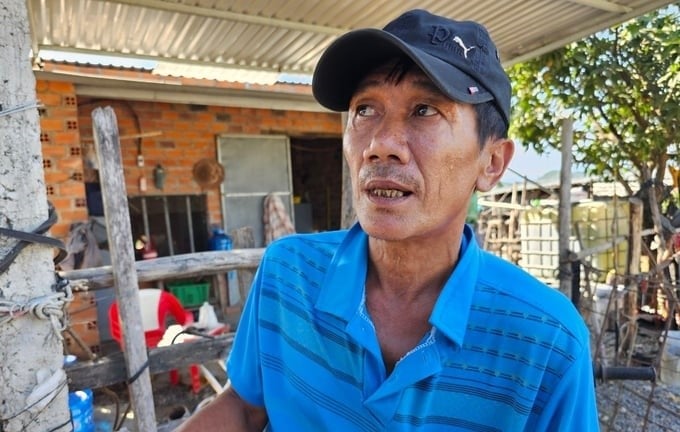
Mr. Nguyen Van Long (Trung village, Ninh Tan commune) said that in the past, his family grew a lot of sugarcane, but due to business losses, he stopped doing it. Photo: KS.
According to Mr. Long, in the last two years, Ninh Tan farmers have sold almost all of their sugarcane-growing land. On the other hand, they have also gradually switched to working at companies in fields such as tourism, construction, seafood processing, trade, shipbuilding, etc. Therefore, for many years, when entering the harvest crop, finding sugarcane-cutting labor faced many difficulties. Currently, the labor source for sugarcane cutting is mainly from the Southern provinces.
Mr. Ho Van Hieu in Bac village, Ninh Tan commune, also used to have a sugarcane area of over 4 hectares, but now he has also converted most of the area to acacia growing. Mr. Hieu said that the work of caring for and harvesting sugarcane is hard, but the sugarcane produced does not meet productivity and CCS, leading to an income that does not ensure a living for his family.
He admitted that although growing acacia is also not very effective, in return, it requires less care, and investment costs are much lower than sugarcane, which is only about VND 20 million/ha on average. Therefore, in their free time, farmers can also do other jobs at companies to earn more income.
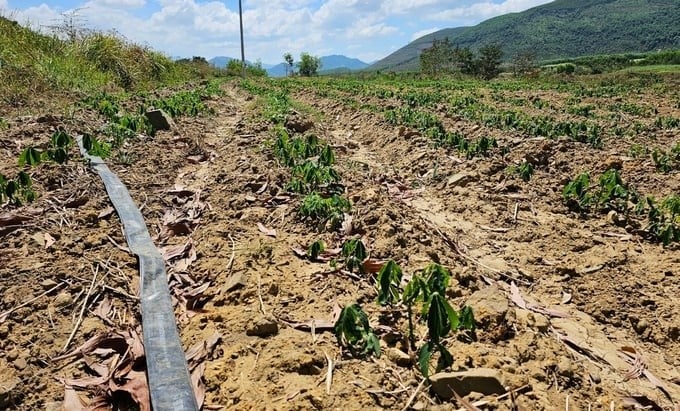
A sugarcane-growing area has been converted to growing cassava. Photo: KS.
The Chairman of the People's Committee of Ninh Tan Commune added that the disadvantage of sugarcane in the locality is the shortage of an active irrigation water source, so when dry weather lasts, sugarcane productivity will decrease sharply, thereby affecting farmers' income. In recent years, the commune's average sugarcane yield only reached 50–60 tons/ha, even less than 50 tons in some years.
Besides, in the 2019–2021 period, sugar prices were low, so the price of raw sugarcane (10 CCS) purchased by sugar factories was low, just under VND 1 million/ton. Especially in recent years, the prices of agricultural materials such as fertilizers and pesticides and the costs of plowing land, planting, caring for, and harvesting have all increased, causing production costs to increase.
Although the price of sugarcane purchased by sugar factories increased in 2022 and 2023, it is not enough to compensate for increased costs, so it still does not stimulate farmers to grow sugarcane.
Similarly, Mr. Su Hong Quoc Tinh, Chairman of the People's Committee of Ninh Tay Commune, said that the sugarcane area in the commune was previously over 3,500 hectares, but now only about 1,300 hectares remain. The fact that the sugarcane area in the commune is increasingly shrinking is because growing sugarcane is not profitable compared to before, so farmers have reduced the area and converted it to other crops.

Previously, the sugarcane area in Khanh Hoa province was up to 20,000 hectares, but now it is only over 7,000 hectares. Photo: KS.
Previously, the sugarcane area in Khanh Hoa province was up to nearly 20,000 hectares. However, due to many reasons, the province's sugarcane crop is increasingly plummeting. Over the past 3 years, although the price of raw sugarcane (10 CCS) has always been stable at a high level of over VND 1 million/ton, the sugarcane area in the province has still decreased.
According to Mr. Nguyen Ba Ninh, Deputy Director of the Khanh Hoa Department of Agriculture and Rural Development, there is currently competition between crop types in terms of area and profit. Therefore, although the purchasing price of raw sugarcane (10 CCS) is always stable at over VND 1 million/ton, input costs (raw materials, labor) increase highly, so sugarcane growers' income is not higher than that of other crops.
Besides, regarding the planning issue, in recent times, some traditional sugarcane-growing areas have been allowed to implement industrial parks, solar energy projects, etc., which also affects part of the narrowed sugarcane area.
Another problem in the process of speaking to sugarcane growers was that most of them wondered about CCS and were not really satisfied. Although sugar factories have insurance policies on CCS, an important factor determining sugarcane prices as well as farmers' income. If CCS is low, the sugarcane purchasing price will be low. Only when CCS is higher than 10, companies will buy sugarcane at a high price.
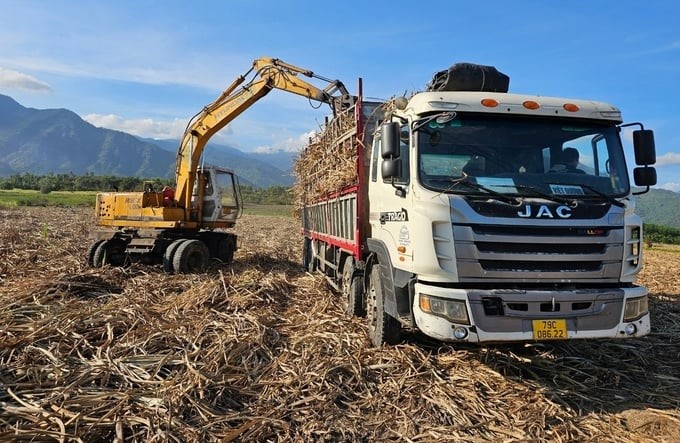
Collecting raw sugarcane to transport to the sugar factory. Photo: KS.
Mr. Dang Van Huy in Bac village, Ninh Tan commune, said that sometimes in the same sugarcane field, there is a huge CCS gap between the two factories. Typically, in last year's sugarcane crop, he sold sugarcane to two factories in the province, but the CCS of one factory was 6–8 while that of the other factory was 10 or more.
Mr. Nguyen Ba Thuat in village 1, Ninh Thuong commune, wondered: Currently, measuring CCS is applied by companies using machines, but farmers do not know what the basis is. People only know how much the factories give. Many times, when CCS is low, farmers are unsatisfied but still have to endure it.
Over the past few days, Mr. Nguyen Thanh Tung in Buon Tuong village, Ninh Tay commune, has been unsatisfied with CCS because the CCS of sugarcane sold to the factory is all under 10. According to Mr. Tung, although the sugarcane crop has entered the dry and hot season, CCS has not increased, which is very unreasonable.
“CCS is measured by the factories and informed to farmers. Therefore, regarding the issue of CCS, we suggest the sugar factory be transparent to the people," Mr. Tung said.

Farmer Nguyen Thanh Tung is still wondering about measuring CCS. Photo: KS.
Regarding this issue, Mr. Su Hong Quoc Tinh, Chairman of the People's Committee of Ninh Tay commune, said that the fact that people complain about CCS is not new but is common during the harvest crop. He also had an opinion on this issue, but somewhere people still have a comparison about the CCS of the same bunch of sugarcane imported into two different sugar factories. Even sometimes, with the same bunch of sugarcane imported into the same sugar factory, at this time, its CCS is 11–12, but at other times it is less than 10.
Therefore, people believe that measuring CCS is not really accurate. However, sugar factories responded to people that CCS measurement is based on a scientific and technical basis and the company cannot interfere.
"The sides of the locality and people still affirm that the sugar factory does not interfere with each individual's CCS. The CCS determination is done by taking random samples of sugarcane and checking the CCS based on technical aspects. But people still have opinions; there is still something unsatisfactory about CCS," said the Chairman of the People's Committee of Ninh Tay commune.
Translated by Huyen Vu Thu
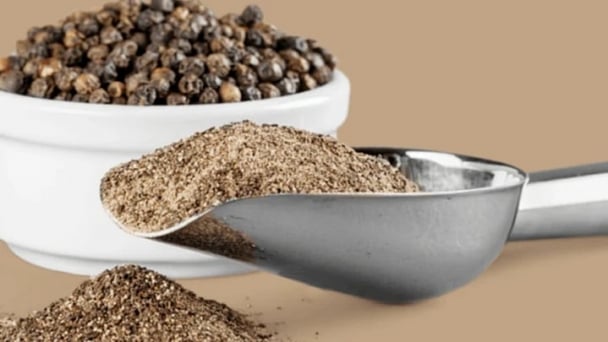
(VAN) Pepper prices on May 23, 2025, are unchanged in the domestic market, trading at VND 150,000 to VND 152,000/kg. Pepper prices increased only in Indonesia.
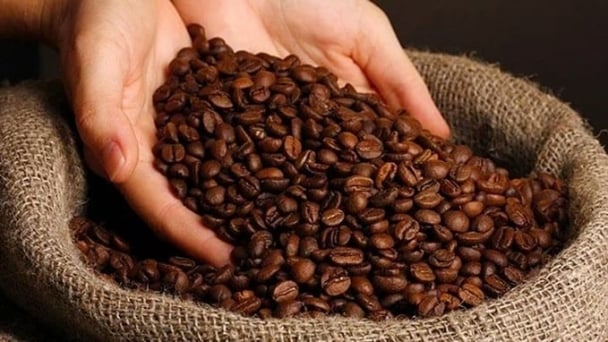
(VAN) Coffee prices on May 23, 2025, dropped by a further VND 2,500, trading at VND 122,500 – 123,200/kg. Global coffee prices also declined across the board.

(VAN) Coffee prices on May 22, 2025, slightly decreased by VND 500, trading at VND 125,000 – 125,700/kg. Global coffee prices showed mixed fluctuations.
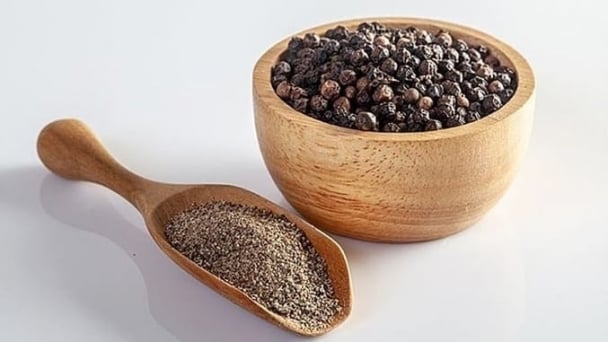
(VAN) Pepper prices on May 22, 2025, slightly decreased by VND 1,000, trading around VND 150,000 – 152,000/kg. Global pepper prices remained unchanged.
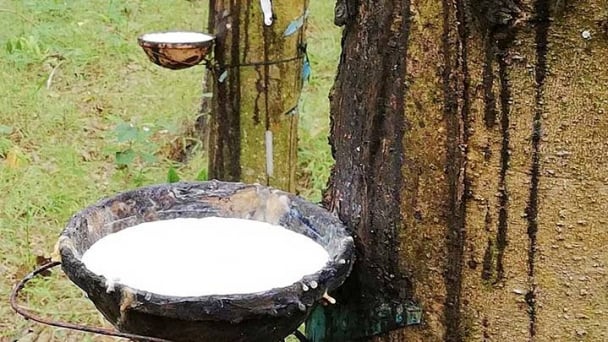
(VAN) Rubber prices on May 22, 2025 on the global market dropped significantly. Domestically, raw latex continues to be purchased at around VND 397 – 462/TSC.
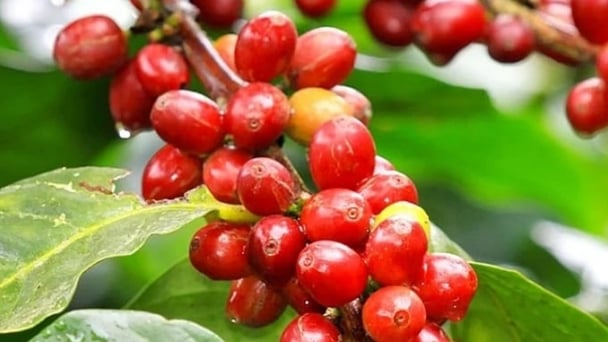
(VAN) Coffee prices on May 21, 2025, dropped sharply by VND 1,000, trading at VND 125,000 – 125,700/kg. Global coffee prices also reversed and declined.
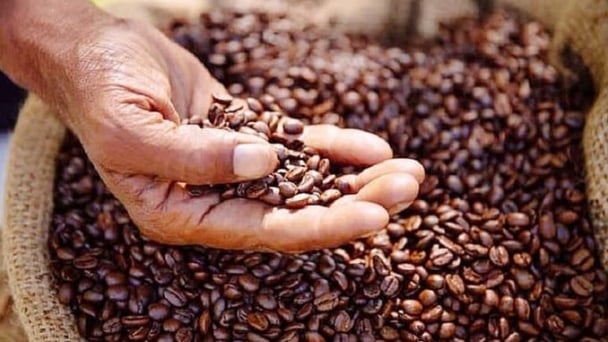
(VAN) Coffee prices on May 20, 2025, surged by VND 2,200, climbing to VND 126,000 – 126,700/kg. Meanwhile, global coffee prices also recorded a sharp increase.